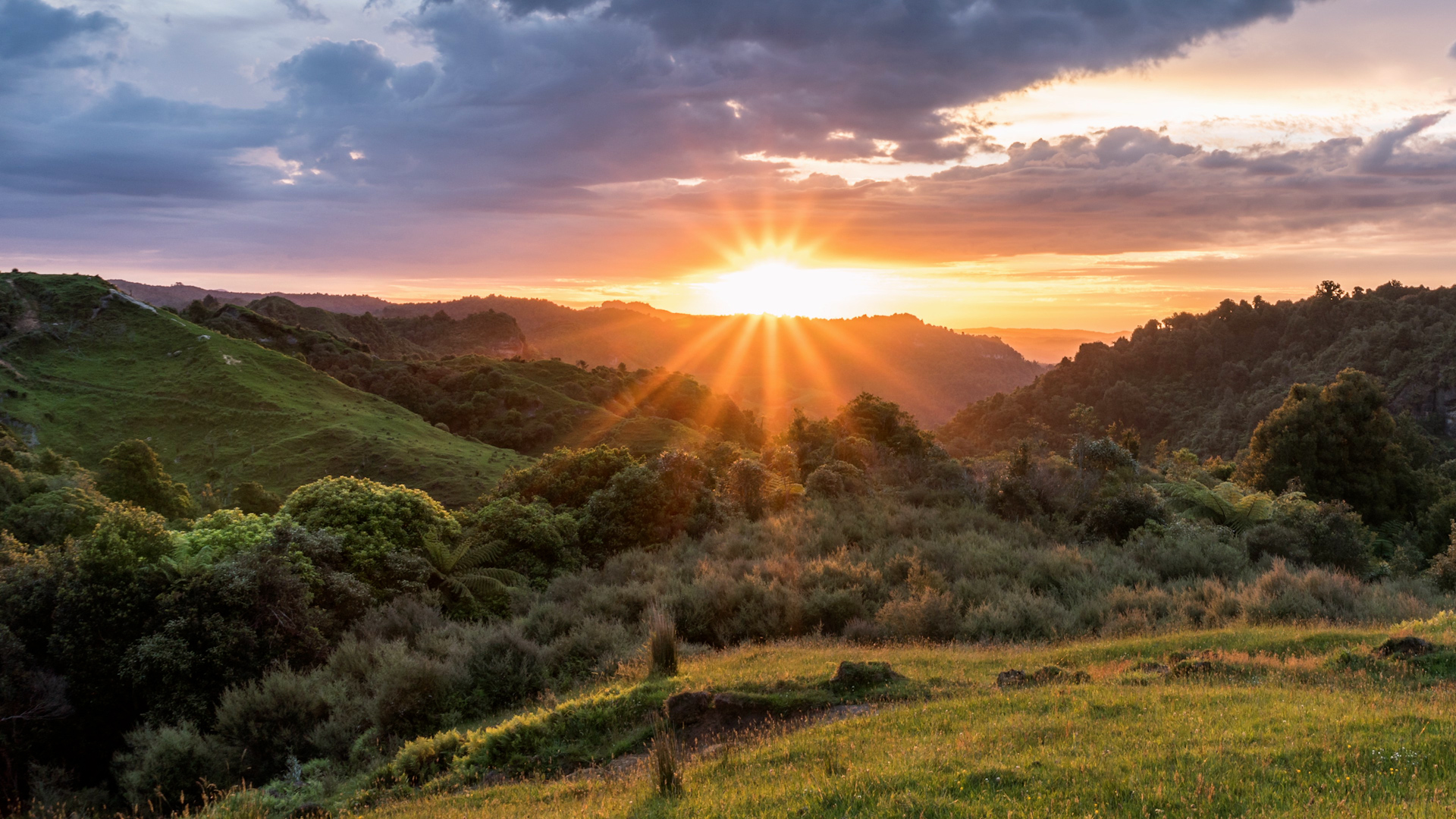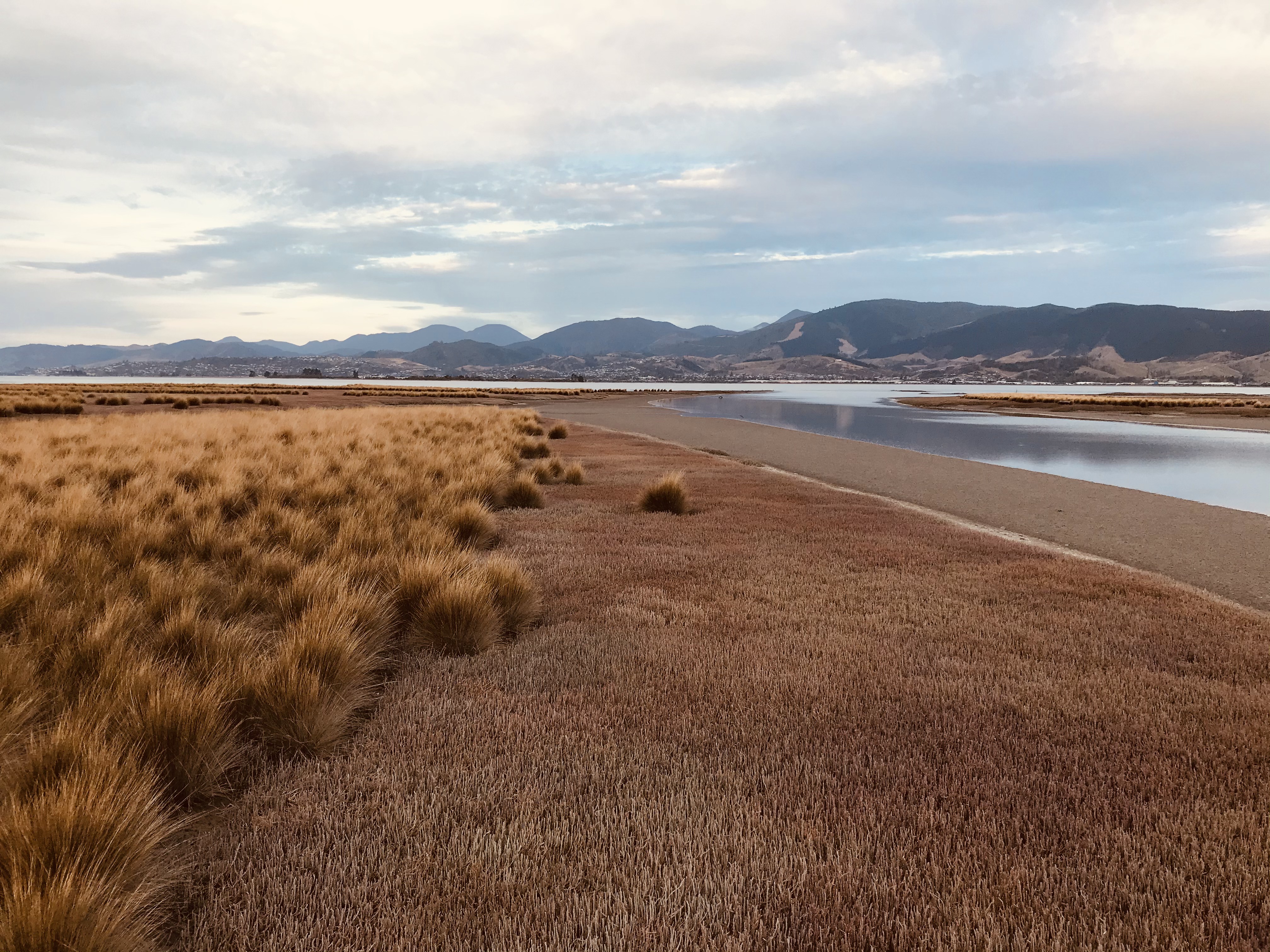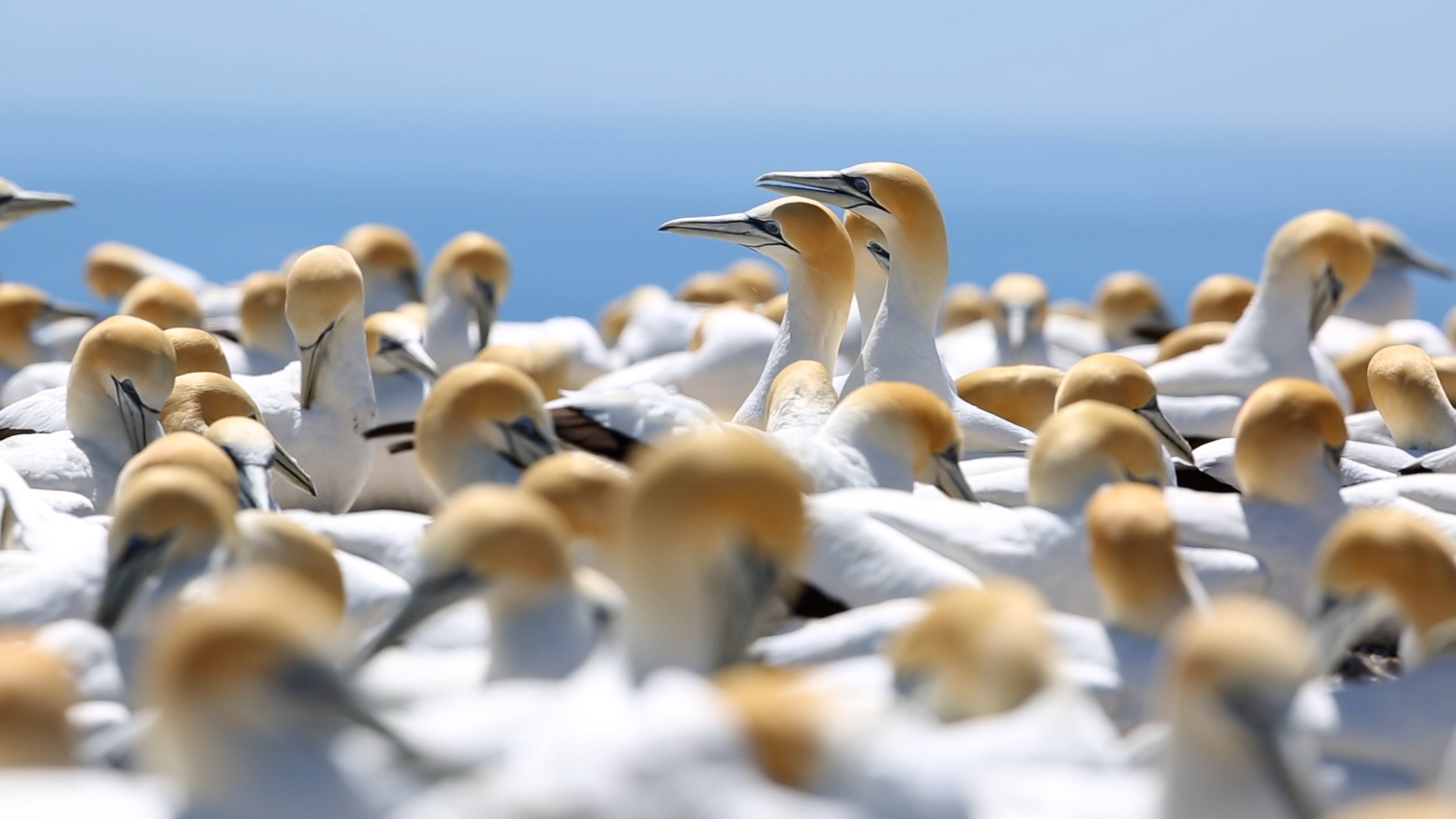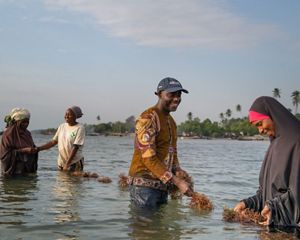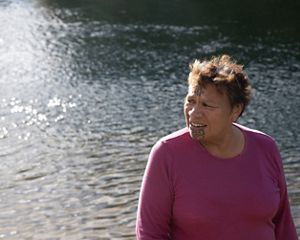Restorative Aquaculture
The Nature Conservancy is launching a new programme to address shellfish ecosystem degradation.

Restorative Aquaculture
Shellfish aquaculture contributes many environmental benefits when sited in the right locations and implemented with practices that reduce the risk of environmental harm. By filtering water and the uptake of nutrients, shellfish such as green-lipped mussels support habitat health and bolster wild fish populations.
Aquaculture is the world’s fastest-growing food production system, accounting for over half of the global seafood supply. With worldwide consumer demand projected to nearly double by 2050, we need new approaches that improve biodiversity and strengthen local economies.
The Nature Conservancy Aotearoa New Zealand (TNC NZ) is launching a new programme to address shellfish ecosystem degradation and maximise the restorative potential of the country’s aquaculture industry.
Aquaculture Increases Wild Fish Populations
Read the ResearchAquaculture Research
The ability to verify, measure and actively improve conservation outcomes for Aotearoa New Zealand aquaculture farms is key to this project. Leveraging global expertise, TNC NZ is working to independently validate and measure how the current aquaculture industry is interacting with the environment—both positively and negatively.
This baseline research will provide an impartial understanding of how the restorative potential of farms varies based on their location and farming practices.
TNC NZ works in a variety of ways to advance aquaculture projects in New Zealand:
- Toolbox For Farmers Using baseline research, TNC would work with farmers to develop a toolbox of interventions to maximize the conservation benefits and restoration potential of their consented aquaculture farms. Representatives from the shellfish industry would co-develop the toolbox to ensure interventions can be practically implemented on farm sites.
- Policy and Finance A key step in enabling and scaling restorative aquaculture will be to address policy and consenting barriers. The team’s work programme includes identifying barriers to implementation and developing guidance for how restoration can be built into aquaculture consents.
- Partnership Building TNC’s aquaculture team is focused on building partnerships with key stakeholders, including industry, farmers, Iwi, government and research institutes.
Resources
- Aquaculture Science Hub compiles research, tools and resources that help coastal communities and ecosystems around the world.
- Global Principles of Restorative Aquaculture provides guidelines on regenerative foods systems that restore habitat and protect biodiversity while reducing greenhouse gas emissions.
Top of the South Island
TNC NZ has also been working alongside Kotahitanga mō te Taiao Alliance (KMTT) in the top of the South Island to amplify efforts at conserving wilflife in the marine environment. Specifically, KMTT aspires to improve the environment from the mountains to the sea (“ki uta ki tai” in te reo Māori), and seeing these changes result in a healthy marine environment and the return of healthy shellfish reefs. TNC NZ has contributed expertise and support to these projects.
We Can’t Save Nature Without You
Sign up to receive regular conservation news and updates from New Zealand.


